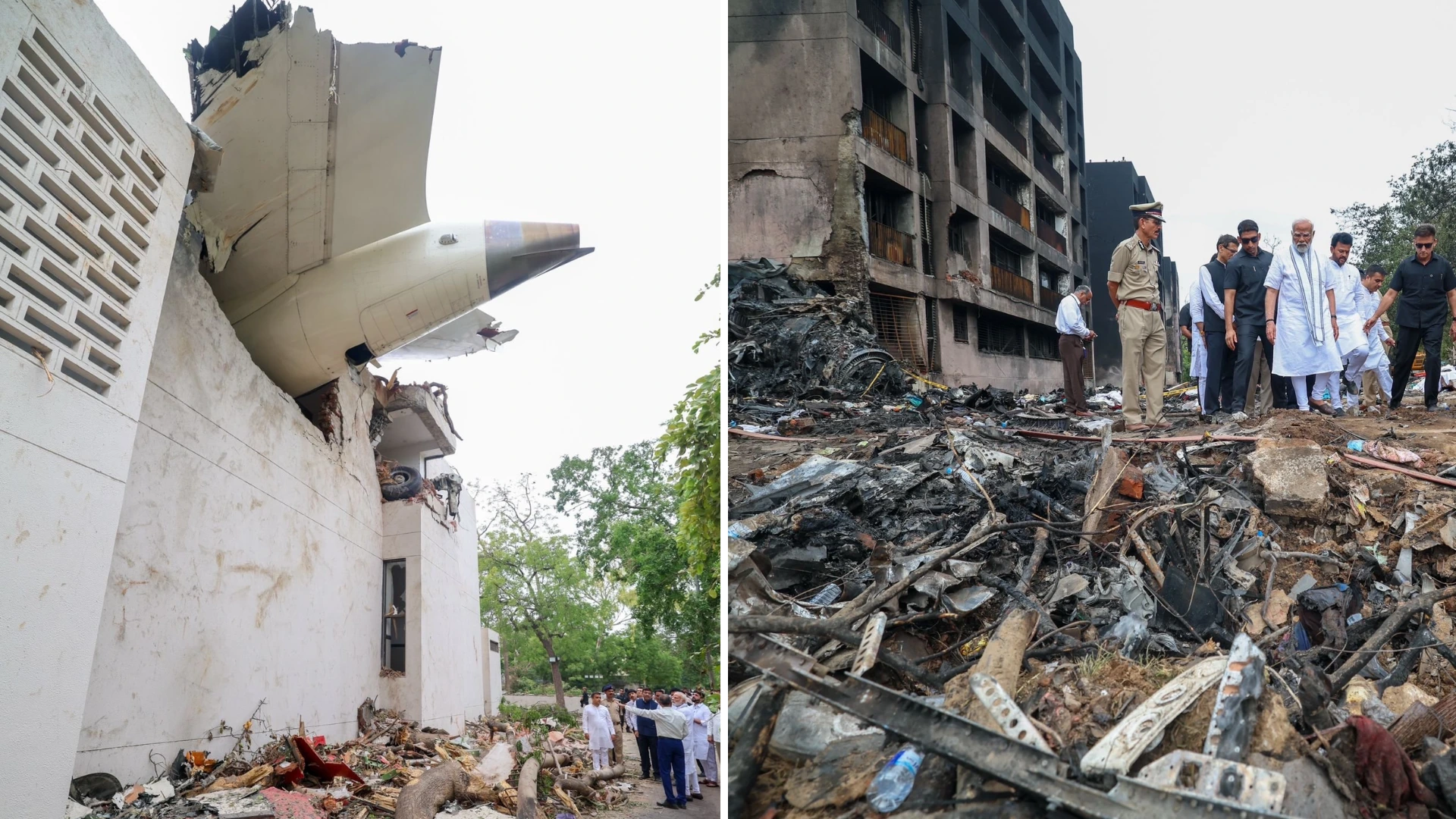 |
|
The devastating crash of Air India Flight AI171, a Boeing 787-8 Dreamliner, shortly after its departure from Ahmedabad Airport (AMD) on June 12, has sent shockwaves through the aviation industry and the nation. The tragedy, which claimed the lives of 260 individuals, including 241 passengers and crew and 19 people on the ground, marks the first-ever fatal incident involving the Dreamliner model. The Aircraft Accident Investigation Bureau (AAIB) of India has launched a comprehensive investigation into the cause of the crash, exploring a multitude of factors, including the possibility of sabotage and engine failure. The gravity of the situation is underscored by the involvement of international experts and the meticulous analysis of flight data and surveillance records. Minister of State for Civil Aviation, Murlidhar Mohol, has openly acknowledged that sabotage is among the potential causes being considered, highlighting the seriousness with which the investigation is being pursued. The AAIB’s immediate priority was the recovery and analysis of the cockpit voice recorder (CVR) and flight data recorder (FDR), commonly referred to as the black boxes. These crucial pieces of equipment, retrieved from the crash site, have been transported to Delhi for in-depth examination. The data extracted from these recorders will provide invaluable insights into the events leading up to the crash, including the pilots' actions, communication, and any technical malfunctions that may have occurred. Simultaneously, authorities are meticulously reviewing airport CCTV footage, radio logs, and other surveillance data to paint a complete picture of the circumstances surrounding the flight's departure. This comprehensive approach, coupled with the collaboration of international experts, demonstrates the commitment to uncovering the truth behind this tragic event. A multidisciplinary team, comprising specialists in aviation medicine, air traffic control, and technical systems, was promptly assembled on June 13, adhering to the protocols established by the International Civil Aviation Organization (ICAO). This diverse team brings a wide range of expertise to the investigation, ensuring that all potential contributing factors are thoroughly examined. The inclusion of aviation medicine specialists suggests a focus on the potential role of pilot incapacitation or other medical emergencies, while the involvement of air traffic control experts will shed light on any communication issues or procedural lapses. The technical systems specialists will be instrumental in analyzing the aircraft's mechanical and electronic systems to identify any potential malfunctions or failures.
The data decoding process, which commenced on June 24, is being conducted with the assistance of Indian investigators and experts from the US National Transportation Safety Board (NTSB). The NTSB's involvement underscores the international importance of the investigation and ensures that the analysis benefits from the collective knowledge and experience of aviation safety experts from around the world. The successful retrieval of the Crash Protection Module (CPM) of the CVR and the subsequent access to its memory module on June 25 at the AAIB's Delhi lab represent significant milestones in the investigation. The data contained within these modules will be instrumental in reconstructing the timeline of events, particularly during the critical takeoff phase. Investigators are paying close attention to the Mayday call issued by the pilots, which indicates a serious in-flight emergency. The analysis of the black box data will help to determine the nature of the emergency and the pilots' response to it. Among the key variables being scrutinized are engine thrust levels, flap configurations, landing gear position, crew decision-making, and aircraft maintenance logs. These factors provide a comprehensive overview of the aircraft's performance and the actions taken by the crew during the takeoff phase. Any anomalies or deviations from standard operating procedures could provide valuable clues as to the cause of the crash. While the investigation is still ongoing, authorities have officially ruled out a bird strike as a potential cause. However, the team is actively examining the possibility of a sudden power loss, engine malfunction, or loss of thrust, as indicated by early signs. These potential scenarios are being carefully evaluated to determine their role in the sequence of events that led to the crash. The focus on engine performance and power systems is particularly relevant, given the complexity of modern aircraft engines and the potential for catastrophic failures.
The final death toll in the AI171 crash stands at 260, a figure slightly lower than initial reports of 270. The identification and return of all bodies to the victims' families, coordinated by Gujarat's health department, represent a significant achievement in the aftermath of the tragedy. The state's provision of logistical and medical assistance to the affected families underscores the government's commitment to supporting those who have lost loved ones. As the AAIB continues to lead the investigation, it is receiving full cooperation from Air India (AI) and international aviation safety bodies. This collaborative effort is essential to ensuring a thorough and impartial investigation. The focus remains on determining the root cause of the catastrophic failure and ensuring accountability. The investigation's findings will not only help to prevent similar incidents in the future but also provide closure for the victims' families and the aviation community as a whole. The Air India 787 crash is a stark reminder of the inherent risks associated with air travel and the importance of rigorous safety standards. The ongoing investigation is a crucial step in understanding the complex factors that can contribute to aviation accidents. The insights gained from this investigation will be invaluable in enhancing aviation safety protocols and preventing future tragedies. The aviation community and the public await the final report of the AAIB with keen interest, hoping that it will provide a clear and comprehensive explanation of the events that led to the crash and offer recommendations for preventing similar incidents in the future. This tragedy underscores the need for continuous improvement in aviation safety, a commitment that must be shared by airlines, manufacturers, regulators, and investigators alike. The crash also highlights the human cost of aviation accidents and the importance of providing support to the victims and their families.
Source: Air India 787 Crash Probe Explores Sabotage, Engine Failure
